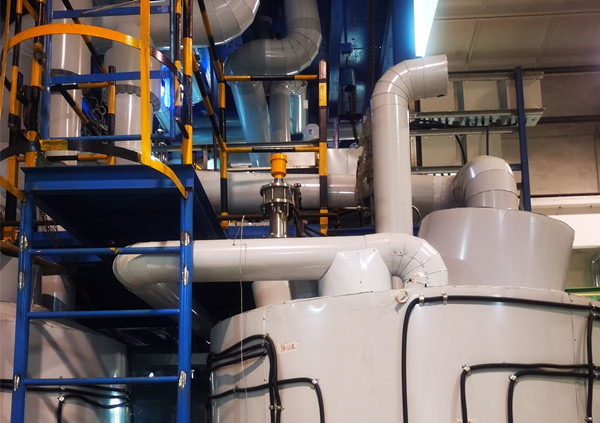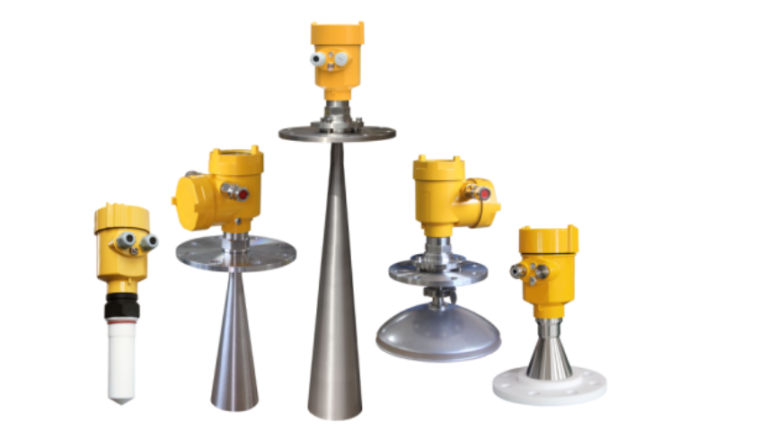As a non-contact measuring instrument, radar level gauge has the characteristics of high measurement accuracy, good stability, and small impact on the measured medium. It is widely used in the measurement of various liquid levels.
However, in practical applications, radar level gauge distortion sometimes occurs, which brings great trouble to the measurement work. This article will introduce the causes and treatment methods of radar level gauge distortion.

The reasons for the distortion of the radar level gauge include electromagnetic wave interference: the radar level gauge measures the liquid level by emitting high-frequency electromagnetic waves.
If there is a strong magnetic field or electric field around, it will interfere with the electromagnetic waves and cause distortion of the measurement results. Improper installation position: If the installation position of the radar level gauge is too close to the container wall or the installation angle is incorrect, electromagnetic waves will be reflected on the container wall, forming false echoes and affecting the measurement results.
Influence of measurement medium: Some media have a very small dielectric constant, or contain a large number of bubbles, suspended solids and other impurities, which will absorb or scatter electromagnetic waves, causing distortion of the measurement results.
Influence of temperature and pressure: When the radar level gauge works in a high-temperature and high-pressure environment, its internal electronic components may be affected to a certain extent, resulting in distortion of the measurement results.

How to deal with the distortion of radar level gauge and eliminate interference: eliminate or reduce the strong magnetic field or electric field existing in the surroundings, such as installing shielding and other measures.
Adjust the installation position: Choose the installation position reasonably to avoid the radar level gauge being too close to the container wall or incorrect installation angle, while minimizing the impact of reflected waves. Select an appropriate measurement medium: For media with a very small dielectric constant or containing a large number of bubbles, suspended solids and other impurities, other types of liquid level meters can be used for measurement.
Take temperature and pressure compensation measures: When working in high temperature and high pressure environments, corresponding temperature and pressure compensation measures can be taken to reduce their impact on measurement results. Regular calibration: Calibrate the radar level gauge regularly to ensure the accuracy and reliability of its measurement results.

As a high-precision and high-stability liquid level measuring instrument, radar level gauge has broad application prospects in practical applications.
However, during use, it is necessary to pay attention to factors such as the influence of the surrounding environment, the selection of the installation location, and the characteristics of the measured medium to avoid distortion.
When distortion occurs, corresponding processing methods should be adopted to ensure the accuracy and reliability of the measurement results.
